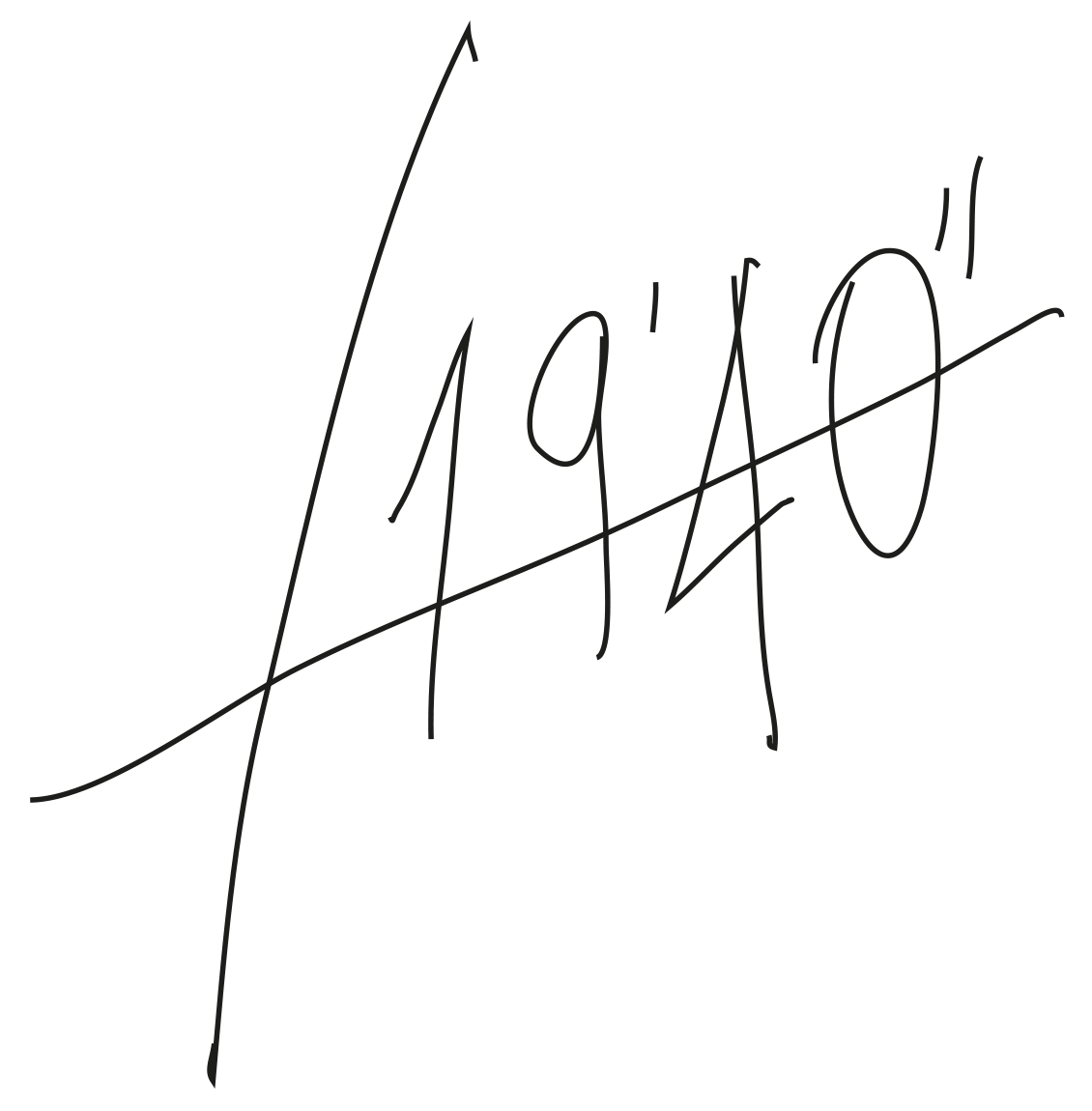BLACK CLASSICAL MUSIC #01: JOSEPH BOLOGNE, CHEVALIER DE SAINT-GEORGE
In August, Black Classical Music will be released, the twenty-first album by 19'40''. It includes works by Afro-descendant composers. In this series of articles, we tell the stories of the composers and their work.
JOSEPH BOLOGNE, CHEVALIER DE SAINT-GEORGE
Joseph Bologne, Chevalier de Saint-George, was born in 1745 in Guadeloupe, a French colony in the Caribbean. He was the son of a wealthy plantation owner and an enslaved woman.
He received an elite education in France, excelling in academics, music, and fencing. He became a highly skilled violinist and composer, earning recognition for his virtuosity and innovative compositions. Bologne’s talent as a musician gained him entry into the court of King Louis XVI, where he performed and composed music for the royal family.
Aside from his musical pursuits, Bologne was an exceptional fencer, becoming one of the most celebrated swordsmen of his time. He trained and led a renowned fencing school, attracting students from all walks of life, including nobility and military officers.
As with many details of his life—now the subject of a film by Stephen Williams—a famous encounter with another music prodigy of his time, Wolfgang Amadeus Mozart, remains shrouded in mystery. When Mozart visited Paris in 1778, it is believed that he had the opportunity to witness Bologne’s exceptional musical talent firsthand. Impressed by his violin skills, Mozart allegedly proposed a musical contest to test their abilities.
Despite the scarcity of detailed documentation, it is generally accepted that the encounter between Bologne and Mozart took place. This meeting between two influential musicians of their time likely impacted both individuals and further contributed to Bologne’s reputation as a highly-skilled musician.
Bologne’s compositions span various genres, including symphonies, string quartets, and operas. Unfortunately, many of his works have been lost.
Sonata for keyboard with violin, Op. 1, No. 3 in G minor
Alberti bass, rapid succession of scales and arpeggios, a solid tonal framework, well-proportioned forms – all these elements seem to lead to the height of the classical period, those approximately fifty years of history that still – excessively? – encapsulate the entire repertoire of art music today. Joseph Bologne, Chevalier de Saint-George perfectly embodied the spirit of the era, both in music as in life. Mannerism, you say? Absolutely not. The classical style was the prevailing fashion, and its structural characteristics were the expression of a society, not an academic imposition or a mere exercise in music writing. The Sonata for keyboard with violin is divided into two movements: an Allegro in sonata form and a Rondeau gracioso [sic!].


